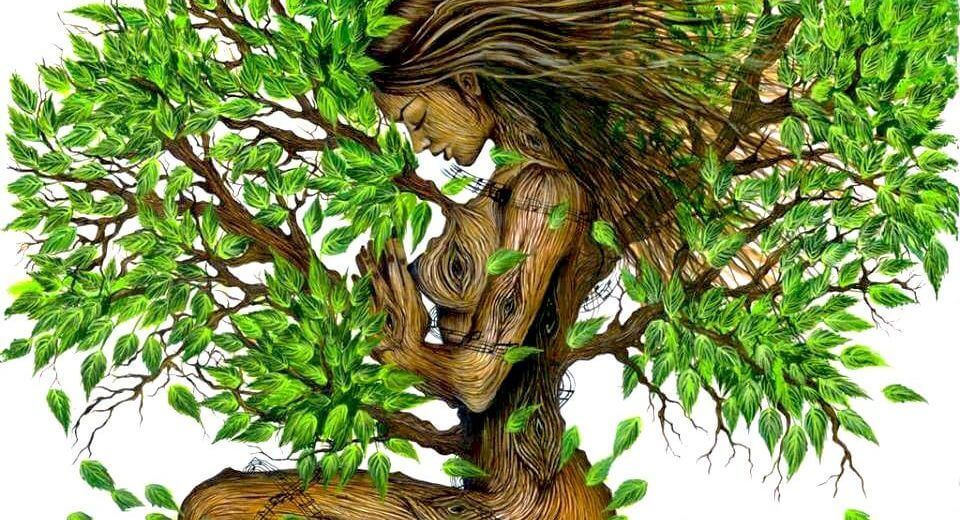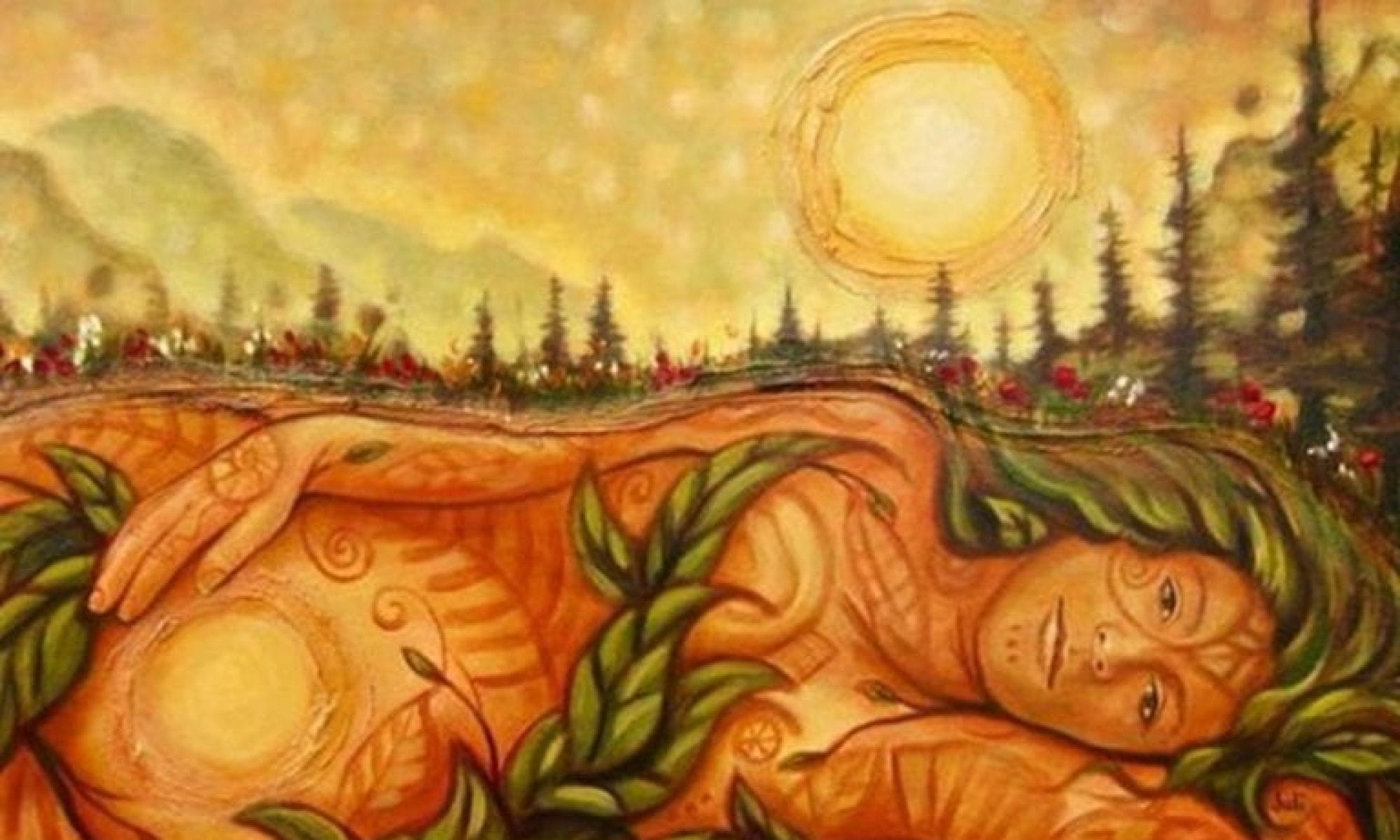
www.aldia.unah.edu.pe/ecofeminismo-critica-al-modelo-patriarcal/
Ecofeminism as defined by Dr. Hopgood-Oster, is “simultaneously serving as an environmental critique of feminism and a feminist critique of environmentalism. Ecofeminism asserts that all forms of oppression are connected and that structures of oppression must be addressed in their totality.”
Some of the barriers to ecofeminism include different forms of oppression. Not only can this be found in nature without human intervention, but also by the traditional patriarchal culture of male domination. Certainly, oppression is a reoccurring theme.
“Ecofeminism is multi-faceted and multi-located, challenging structures rather than individuals. By confronting systems of patriarchy, ecofeminism broadens the scope of the cultural critique and incorporates seemingly disparate but, according to ecofeminism, radically connected elements.” (Hopgood-Oster).
Ecofeminism highlights non-violence, cooperation and sustainability. Ideally this is achieved via cooperation and education, not oppression and other forms of violence. While some theorize that women innately have a tendency towards being more empathic and cooperative, I believe that this philosophy is gender restrictive. “Ecofeminism claims that patriarchal structures justify their dominance through categorical or dualistic hierarchies: heaven/earth, mind/body, male/female, human/animal, spirit/matter, culture/nature, white/non-white” (Hopgood-Oster).
Ecofeminism purports that all forms of oppression are interconnected and that the structures of oppression have to be addressed holistically. “Ecofeminist positions reflect varied political stances that may be, and usually are, transformed through time and place. In other words, the political activisms and alliances stemming from ecofeminism modify in relationship to the perceived justice issues being confronted in differing cultural and historical settings. Because of this constant morphing, ecofeminism simultaneously challenges patriarchies from different angles.” (Hopgood-Oster).
There are examples of cultures that do not fall stereotypically into this definition of oppression and conflict. It is obvious that religion as well as colonization and domination of cultures has been an integral part of causing the conflict between the “natural and the human made world”.
Many native cultures regard nature with respect. They also have a strong sense of place and belonging. This sustains knowledge and ways of life that coincide with modern initiatives of nature conservation and the sustainable use of natural resources.
“Unsurprisingly, indigenous peoples have been stout opponents of development imposed from beyond their communities. They defend their lands against illegal encroachments and destructive exploitation, from mega-dams across their rivers to logging and mining in their forests. That can make them ideal custodians of the landscapes and ecosystems that are also central to efforts to limit climate change and adapt to its effects. But it also makes them targets. Communities who stand up against powerful economic and political interests remain under intense pressure in many parts of the world”. https://www.unep.org/news-and-stories/story/indigenous-people-and-nature-tradition-conservation.
A logical connection between women and nature can be evidenced in the reproduction cycle. Both nature and women conceive, bear and care for others. This is a natural instinct and parallels nature.

https:/mronline.org/2021/03/15/women-and-nature-towards-an-ecosocialist-feminism/

Looking forward to reading your post!